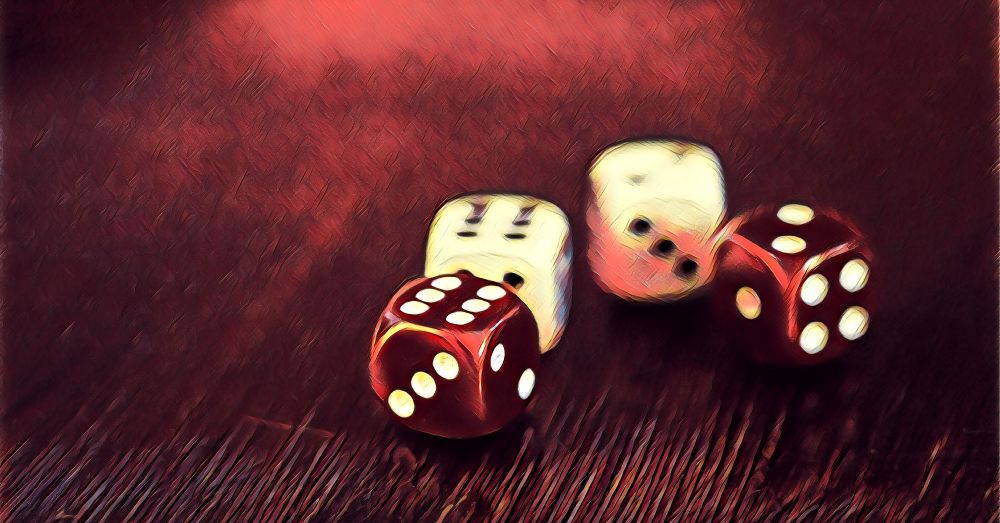My favorite dice can be used in so many different ways…
The D6 is without a doubt my favorite die, it’s versatile, available and universally recognized and understood. The last two points might seem irrelevant, but they are not, I’ve played TTRPGs regularly during the past 20 years and I can’t even remember the number of times I’ve had to help a player distinguish between a D8 and a D10. Struggling to understand which dice to use shouldn’t be an issue, and if it is, it’s not a sign that your players are slow or not paying attention, it’s just simply, and unarguably an evidence that the game is not well designed. You can never blame a player for a poor user interface, and the dice is part of the user interface when playing TTRPGs.
This is why I designed Adventurous to only use D6s, because everyone has them at home, everyone knows how they look, how they work and what they can do. So they are objectively the best dice. But wait a minute, does everyone really know what a D6 can actually do? I don’t think so, because I regularly see posts on Reddit and other forums about how people are confused with the very popular D66 roll. So let’s once and for all go through the many uses of the D6, specifically 2D6, but the same logic apply no matter how many D6s you use.
How to roll D66
First of all, let’s answer the most common question, what does the D66 roll actually mean? It’s quite simple actually, you just roll 2D6 and let one determine the tens digit and the other the ones digit, for a result between 11 (1 & 1) and 66 (6 & 6) which means 36 unique and unweighted results.
A D66 roll of 4 & 2 would mean 42, and a roll of 1 & 5 would mean 15. It’s not more complicated than that.
The many uses of 2D6
Now as I promised, let’s take a look at all the ways you can use 2D6, the D66 roll being one of them:
- You get weighted 11 results if you combine the values on the dice rolled. The most likely outcome is 7.
- You get unweighted 12 results if you divide that list into two tables with six results each. The first die then determines the table and the second determines the row in that list, meaning that a 4 and a 6 gives the sixth row in the second table.
- You get 18 unweighted results if you divide those results into three tables with six rows each
- You get 36 unweighted results if you divide those results into six tables with six rows each
- You get 36 unweighted results if you build a 11-66 table, where the first die is the tens digit and the second die is the ones digit, a 3 and 5 would be 35
So as you can see, you can use 2D6 for many different things, not only a result between 2 and 12. And if you add more D6s you can get a higher range of results, but the overall logic stays the same, one example would be the oh so occult D666 roll giving you 216 unique and unweighted results.
Closing thoughts on how to roll D66
Don’t underestimate how the D6 combines both simplicity and versatility in one. To illustrate that, here are some practical use cases for 2D6 in different ways:
- 11 Weighted results: Ideal for simulating unpredictable events, like weather changes in a game where a roll of 7 might mean fair weather and a roll of 2 means a blizzard.
- 12 Unweighted results: Perfect for a randomized list of mundane loot, where each item has an equal chance of being found.
- D66 Roll: Great for expansive random encounter tables in a sprawling forest or a vast dungeon, ensuring every exploration is unique. Check out our D66 Forest encounters and D66 Desert encounters for inspiration.
The key takeaway here is that regardless of what you are trying to do, 2D6 should work perfectly!

